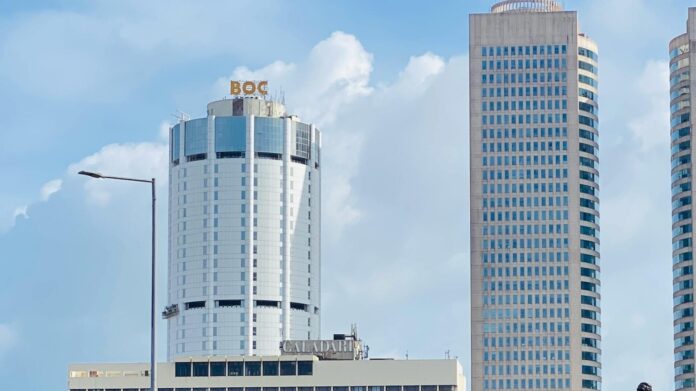Sri Lanka’s Central Bank is navigating a delicate balancing act as it seeks to manage inflation, support growth, and rebuild credibility in a country still recovering from financial collapse. In its most recent decision, the Bank opted to hold the benchmark interest rate at 7.75 percent, signaling a cautious optimism rooted in declining inflation and modest economic recovery. This move, though technically sound, highlights the persistent complexity of managing monetary policy in a post-crisis economy where every percentage point carries political and social weight.
Inflation, once a runaway threat that wiped out household savings and crippled demand, has now turned negative. While this may appear comforting on paper, negative inflation in a weak growth environment can indicate suppressed demand rather than improved supply dynamics. Deflationary pressure also discourages investment and spending, with businesses holding back in anticipation of lower prices and tighter margins. The Central Bank’s decision to pause further rate cuts reflects a desire to maintain a stable signal to markets without reigniting volatility.
For investors and businesses, predictability matters more than generosity. Inconsistent policy swings can do more harm than a slightly higher rate regime. By holding steady, the Central Bank is giving breathing space to the financial sector while assessing whether the current disinflation trend is sustainable or temporary. But this prudence comes at a cost. Borrowing remains expensive for small and medium enterprises, which continue to face liquidity constraints. Consumer credit is slow to recover. Real estate and construction, two major employment generators, remain sluggish. If these conditions persist, growth momentum could stall just as the country begins to rebuild confidence.
Monetary policy is also only one side of the coin. Without coordinated fiscal support and structural reforms, the burden on the Central Bank becomes disproportionate. Interest rates cannot stimulate growth in an environment where electricity costs are unpredictable, where policy direction shifts with each change in cabinet, and where regulatory red tape stifles enterprise. Investors, both local and foreign, want more than macroeconomic stability. They want a coherent economic narrative that outlines where Sri Lanka is heading, not just where it is recovering from.
The credibility of the Central Bank itself has improved after a period of severe erosion. Transparency has increased, communication is clearer, and decision-making is more data-driven. But credibility is not a one-time achievement. It must be earned continuously, especially in a politically charged environment where monetary policy decisions are often subject to public misunderstanding or misrepresentation. The Bank must continue to engage with the public and business community to explain not only what decisions are made, but why they are made.
Sri Lanka stands at a critical juncture. The economic storm has passed, but the ground is still wet. A misstep now could set the recovery back by months or even years. The Central Bank’s current path is narrow, but it is not without potential. With measured policy, clear communication, and broader economic support, the country can navigate the tightrope toward stability and growth. But balance must be maintained, not assumed. In this game, even the smallest wobble can be costly.




